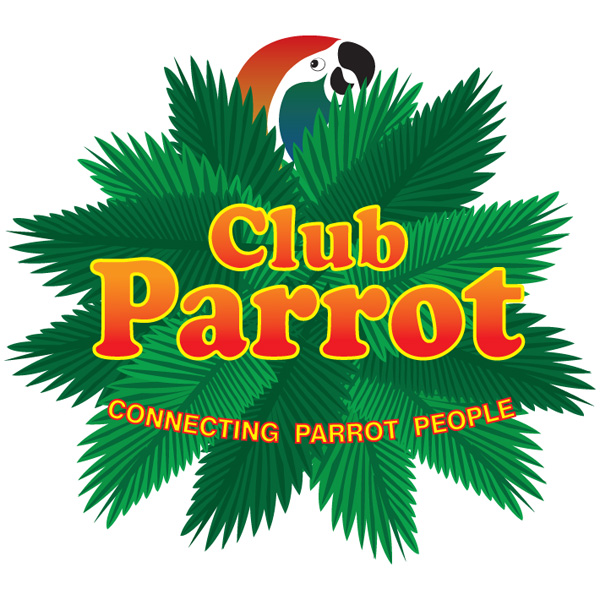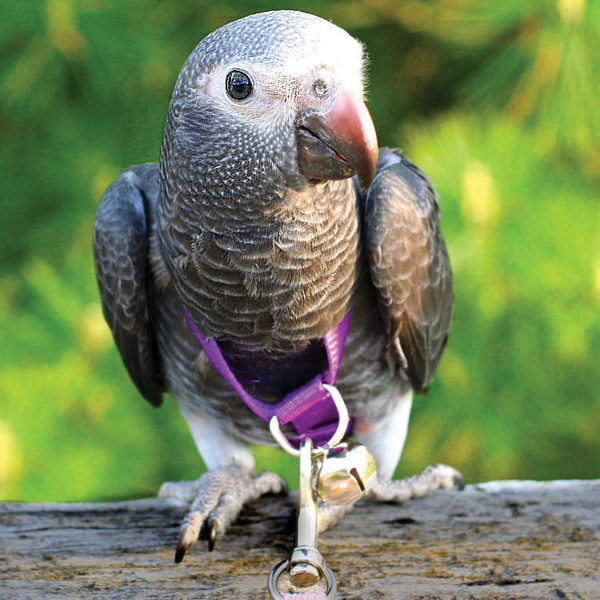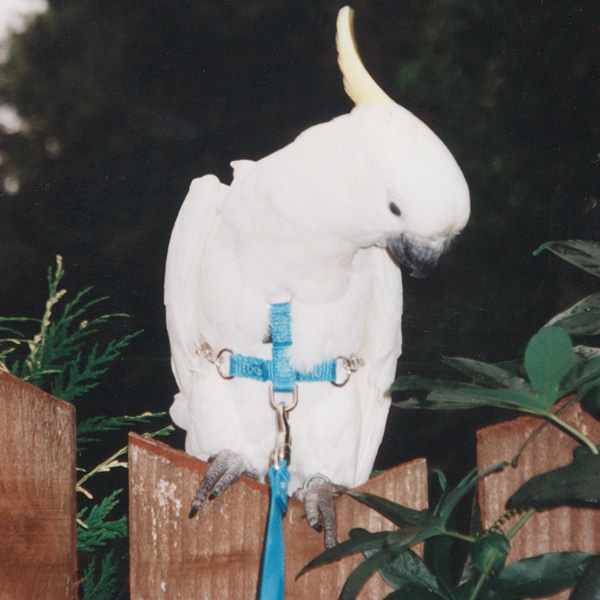 It is incredible to think that we are coming up to the end of February already, where does the time go?! Think Parrots Show 2015 on 21st June is just around the corner and we are working hard to make it a wonderful day out for all our visitors and exhibitors alike.
It is incredible to think that we are coming up to the end of February already, where does the time go?! Think Parrots Show 2015 on 21st June is just around the corner and we are working hard to make it a wonderful day out for all our visitors and exhibitors alike.
We have been contacted by a couple of clubs – Leicestershire Parrot Club and East Midlands Parrot Club - who have joined forces and are hiring a coach/mini bus to transport their members to the show at Kempton Park Racecourse in Middlesex, and back. We thought this was a fantastic idea as it leaves you free to relax on the journey, and focus on all the benefits of the day, such as meeting other like-minded, parrot-loving people, listening and learning at the Masterclasses, speak to some of the world’s top parrot experts with any questions you may have concerning your birds, visit the numerous stands selling all sorts of goodies, and generally have a fun and educational time, without the worry and stress of the journey.
In the March issue of Parrots magazine, we have started a new item called 'ClubParrot', so if you belong to a parrot club, please let us know and, space dependent, we will give you some publicity. In fact, why not organise a coach to the show for your club and let us know about that too!
If you haven’t already booked your Show and Masterclass tickets, you can do so here.
 by Jill Perry
by Jill Perry
A harness basically needs to be as minimalist as possible, to allow the parrot freedom of movement. It needs to be made of a strong and parrot-proof material, to withstand the rigours of a parrot’s beak, it needs to fit well, so that it cannot slip or ride-up, and it also needs to be as light as possible, so that a parrot does not feel encumbered by weight.
All-in-One
A one-piece harness without the need for buckles and clips is the ideal, and the safest option. One piece harnesses also tend to be lighter, and are usually easier to put on. A harness that is fiddly to put on, will be off-putting for your parrot, and make it less likely that he will comply.
Plastic and Metal Clips
Plastic clips can be easily destroyed by parrots that like to chew, and the strapping can slip in a plastic clip, which could render the harness unsafe. Although metal clips are stronger than plastic ones, they can be uncomfortable for a parrot, if they stick into their skin, and they can also add critical weight to the design, especially if there is more than one buckle.
Getting the right fit
Harnesses come in about six to eight different sizes, catering for cockatiels and the smallest pyrrhura conures (and more recently even budgies), and go right up to the largest macaws. So, it is important to get the right size for your bird, and then it is vital to adjust the harness to fit your individual bird when it is on, and some harnesses are easier to adjust than others.
Avoid Restricting the Bird’s Crop
It is absolutely essential when fitting a harness that the crop is not restricted in any way and that the harness has no room for movement, especially if the bird is going to fly. A low-lying neck yoke, which fits well below the bulge of the crop, is best.
 Elastic Leads (Leashes)
Elastic Leads (Leashes)
If the intention of the harness and lead is to allow a bird to fly, then an elastic lead is far safer. If a parrot takes up the whole length of its lead, it will prevent the bird being suddenly jolted backwards mid-flight, sending it plummeting to the ground. A lead fitted with a wrist loop is also a very good safety measure, and will prevent it being dropped by accident.
Materials Used
A good quality, strong manmade material, is probably the most durable, and will withstand being chewed very well. Harnesses made of a slippery material, means less friction against the bird’s feathers, and will reduce the possibility of damage to its plumage.
Beware Stitching
Some parrots are very skilled at unpicking machine stitching bit by bit, so if the material has been heat-bonded, leaving no rough edges, rather than being stitched, and the harness has no buckles either, it makes it virtually indestructible.
DVD Instructions
Some harness manufacturers supply a dvd, to show the user how to get the best use out of the harness, how to fit it, how to initially introduce your parrot to it, and explains how your bird is likely to react to the whole new world of joining you outside, and taking part in outdoor family pursuits.
But, as with all new experiences that we introduce our parrots to, our bird’s happiness and well-being must always come first, and if a harness is to be tried, ‘maximum safety and minimum coverage’ is the way forward.
 It is incredible to think that we are coming up to the end of February already, where does the time go?! Think Parrots Show 2015 on 21st June is just around the corner and we are working hard to make it a wonderful day out for all our visitors and exhibitors alike.
It is incredible to think that we are coming up to the end of February already, where does the time go?! Think Parrots Show 2015 on 21st June is just around the corner and we are working hard to make it a wonderful day out for all our visitors and exhibitors alike.

 by Jill Perry
by Jill Perry Elastic Leads (Leashes)
Elastic Leads (Leashes)